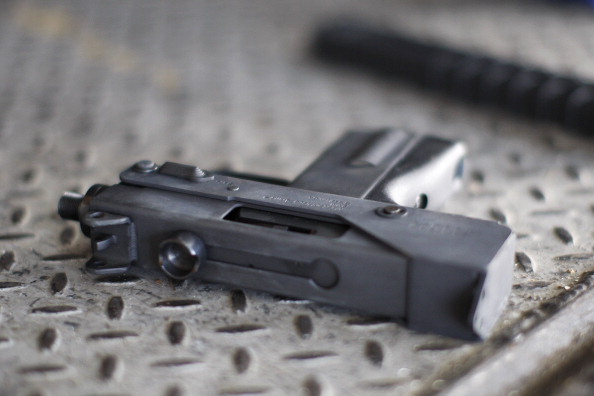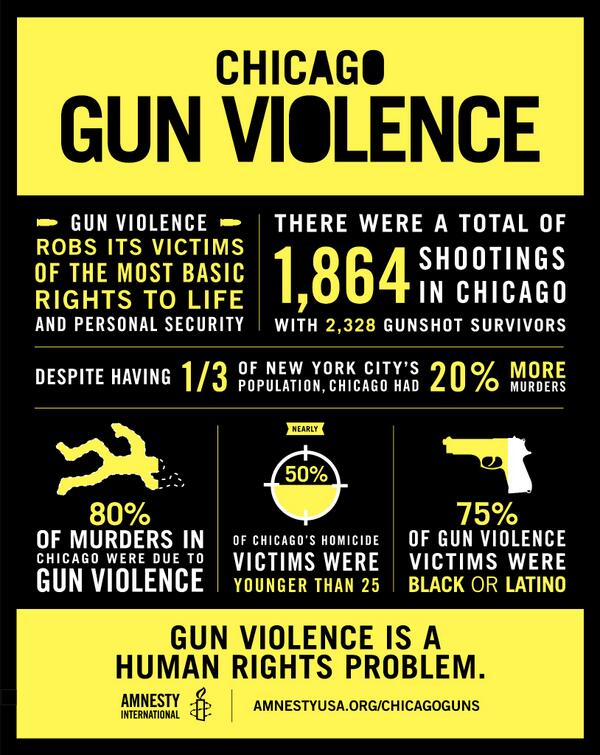
This past week, Amnesty International USA observed the Global Week of Action Against Gun Violence, along with our fellow NGOs in the International Action Network on Small Arms.
The majority of human rights abuses documented by Amnesty International are linked to guns. We’ve long recognized that their widespread availability creates a climate of fear and intensifies violence – involving countless numbers of people who have been tortured, killed, injured, raped and forced to flee from their homes.
For decades, Amnesty International and other NGOs have worked to establish strong standards regulating the international arms trade. However, controlling the international flow of guns is simply not enough. The theme of this year’s Global Week of Action, “Stop Gun Violence and Save Lives,” was selected because of the need to focus just as much of our attention on strong national policies and programs to prevent the misuse of guns.
When governments fail to protect citizens’ right to life and personal security, gun violence becomes a human rights issue. Yet in the U.S., gun violence is consistently reduced to a partisan issue, one in which the only rights at stake are those of the gun owner. Horrific events that have rocked our nation have yet to bring about the changes needed to make our public spaces safer.

To the contrary, our nation has seen the proliferation of legislation allowing more guns in our shared spaces, from expanding concealed-carry permits to Stand Your Ground laws that encourage the unwarranted use of deadly force and legitimize racial bias.
Mass shootings, the focus of much media coverage, have become almost a weekly phenomenon. Incredibly, our public schools are buying bullet-proof blankets and staging drills to train children on how to react to a “live shooter event.”
The gun violence ravaging our urban neighborhoods receives much less national media attention, but the toll is nonetheless significant. In Chicago alone over this past Father’s Day weekend, 27 people were shot, two of them fatally. Five of those injured by gunshot wounds were children. Parents in Chicago’s south and west sides are pleading for the city to provide more “safe passage” routes, so that their children can get to and from schools in rival gang territory without being shot or assaulted.

The 5th Biennial Meeting on States on Small Arms (BMS5) adopted an outcome document committing all U.N. members to promote women’s participation in policy, planning and projects related to guns. Critically important all around world, but also here in the United States where women are five times more likely to be killed if their abuser owns a firearm.
When we read about schoolchildren in other countries being seized by armed groups or even killed, we don’t hesitate to urge our government to ensure weapons don’t end up in the hands of assailants. We must be willing to ask our government to do the same when those abuses are happening inside our own country.
Every person, everywhere, has a right to be safe from gun violence – be it at the hands of armed individuals, armed gangs, or security forces. And every government has a responsibility to regulate the sale of weapons both domestically and abroad to ensure respect for human lives and human rights.
